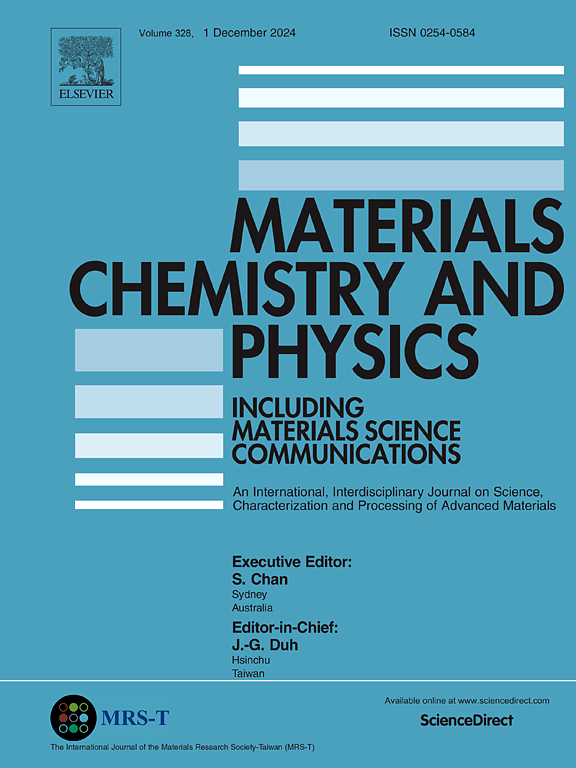Innovative electrochemical quantification of brilliant blue dye with polyvinylpyrrolidone-stabilized MoS₂
IF 4.3
3区 材料科学
Q2 MATERIALS SCIENCE, MULTIDISCIPLINARY
引用次数: 0
Abstract
In this study, the synthesis of a composite material such as molybdenum disulphide/poly vinylpyrrolidone (MoS2/PVP) using a simple hydrothermal method is showcased. Also discovered its capability for electrochemical detection of a well-known food dye, brilliant blue (BB), which has not been previously reported. The incorporation of PVP into MoS2 significantly enhanced the electrochemical stability of the composite for the detection of brilliant blue. The comprehensive analysis of the material in its original state provided a thorough understanding of its structural and morphological properties, both prior to and following the incorporation of PVP. The modifications resulting from the action of PVP intercalation were intriguing and sufficiently capable of causing a considerable impact on the electrochemical output of the entire investigation. The significant transformation in morphology, from nanoflowers to a sheet-like structure, in the presence of PVP is remarkable. The MoS2/PVP coated glassy carbon electrode (MoS2/PVP/GCE) demonstrated the broadest linear range for BB determination compared to any previously reported results, spanning from 0.8 μM to 1150.0 μM, with a limit of detection (LOD) value of 9.0 nM. The manufactured electrode has significant repeatability and reproducibility. The selectivity analysis highlights the sensor's ability to accurately and specifically detect the target analyte, even in the presence of potential interfering substances. The evaluation of MoS2/PVP/GCE in several authentic samples demonstrates the sensor's dependability in detecting BB in real-time situations.

求助全文
约1分钟内获得全文
求助全文
来源期刊

Materials Chemistry and Physics
工程技术-材料科学:综合
CiteScore
8.70
自引率
4.30%
发文量
1515
审稿时长
69 days
期刊介绍:
Materials Chemistry and Physics is devoted to short communications, full-length research papers and feature articles on interrelationships among structure, properties, processing and performance of materials. The Editors welcome manuscripts on thin films, surface and interface science, materials degradation and reliability, metallurgy, semiconductors and optoelectronic materials, fine ceramics, magnetics, superconductors, specialty polymers, nano-materials and composite materials.
 求助内容:
求助内容: 应助结果提醒方式:
应助结果提醒方式:


